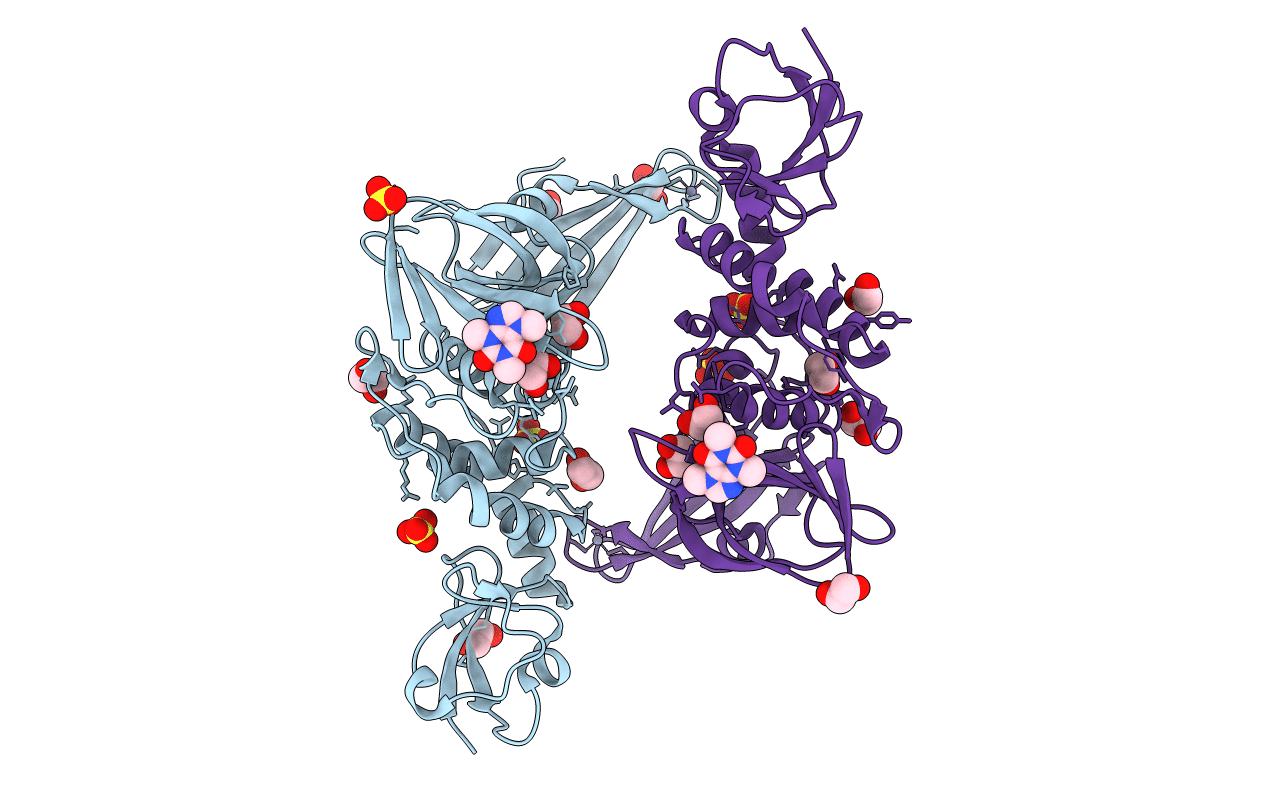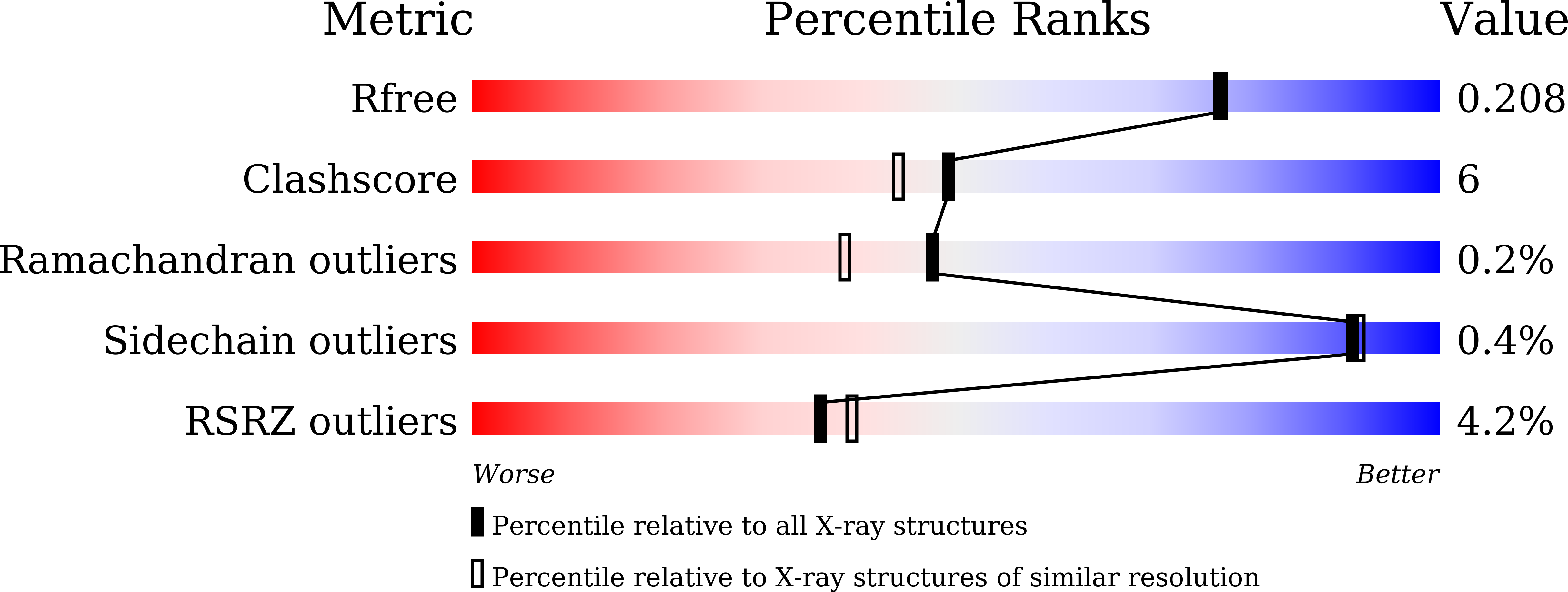
Deposition Date
2020-10-04
Release Date
2021-04-21
Last Version Date
2024-10-16
Entry Detail
PDB ID:
7D7K
Keywords:
Title:
The crystal structure of SARS-CoV-2 papain-like protease in apo form
Biological Source:
Source Organism:
Host Organism:
Method Details:
Experimental Method:
Resolution:
1.90 Å
R-Value Free:
0.20
R-Value Work:
0.18
R-Value Observed:
0.18
Space Group:
P 65 2 2


